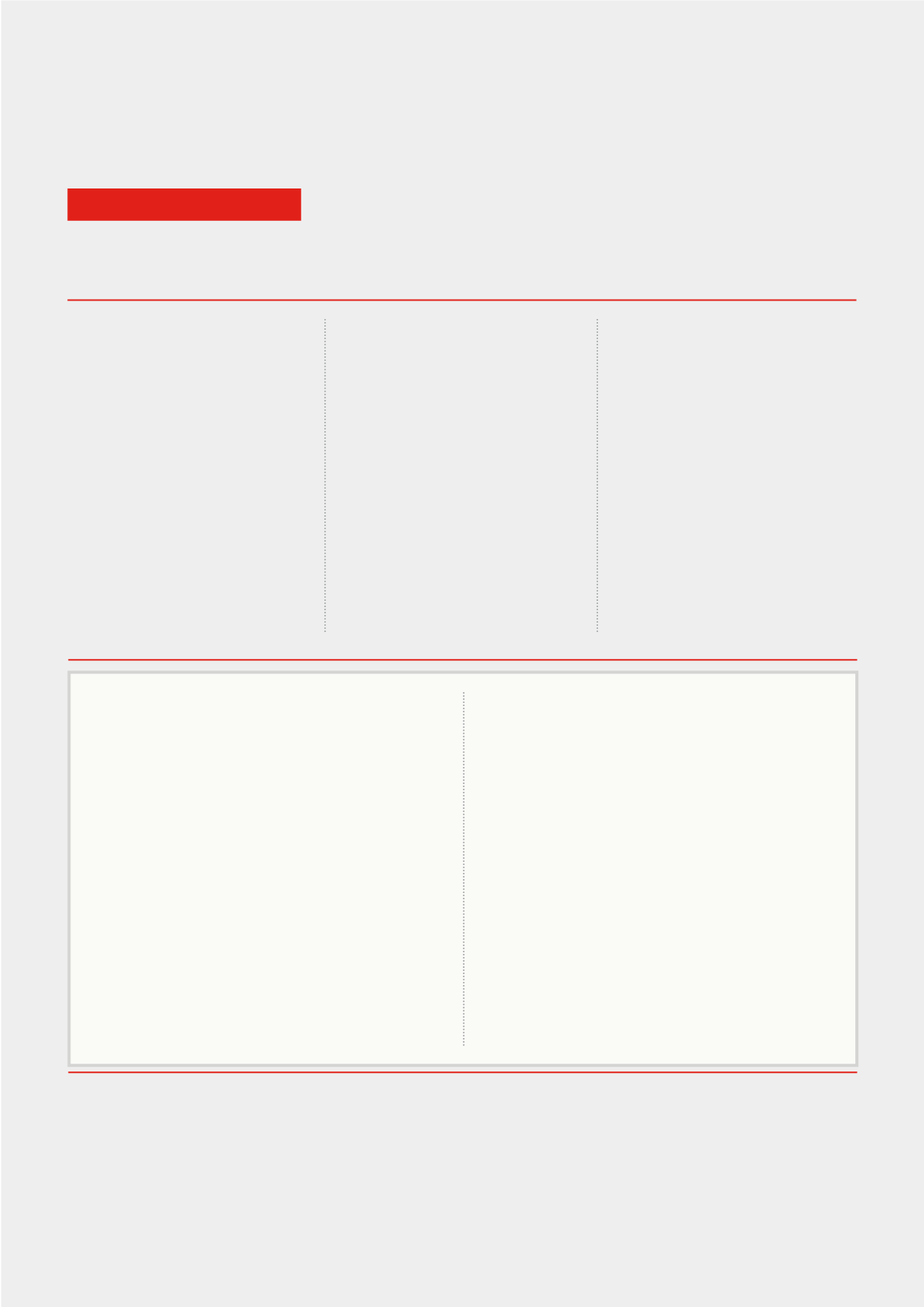
July - September 2016 •
The Lion King
• 53
LANGUAGE CORNER |
LIFESTYLE
WELCOME TO MY OFFICE
Hey there! Glad to have you back. In
this edition of Language Corner, we
shall continue our French lessons on
‘articles’. We shall be learning how
to make some short sentences with
words relating to working tools.
We shall also be learning about a form
of gender which is common in many
internationally spoken languages but
not in English. In English, the terms
masculine
and
feminine
are basically
associated with living things. It is only in
some rare cases that “she” and “her”
are used with unliving things (such as
a nation or a vessel being referred to
as “she” and “her”). In French, it is of
common use. For example, in French,
biro is masculine while ruler is feminine.
This is called
grammatical gender.
Of course, you don’t expect these
objects to have sex organs. So how do
you tell their gender? The basic prin-
ciple is that you should always learn a
new noun alongside its gender. That
means that when learning the French
word for ruler, you should learn it with
an article (See previous lessons). So
“
ruler
” becomes “
une règle
” (i.e. a ruler).
The following tips are also helpful in
telling whether a word is masculine or
feminine.
•
Basically, feminine words end in
e
.
•
Un
e
rob
e
(a dress/robe), un
e
chemis
e
(a shirt), un
e
banqu
e
(a
bank), un
e
règl
e
•
It therefore holds that most words
not ending in e are masculine.
•
Un pantalon (a pair of trousers),
un short (a pair of shorts), un bic
(a biro).
•
However, though not ending in e,
words ending in
tion/sion
are nor-
mally feminine:
•
la télévision (the television), la
nation (the nation), la pression
(pressure)
•
Also, although ending in e, words
ending in
ème
and
isme
are nor-
mally masculine:
•
le système (the system), le
problème (problem); le rac-
isme (racism), le christianisme
(Christianity).
Now let us learn some sentences.
Where a pronunciation looks like an
English word, just pronounce it like
one. Let’s go!
BY JEREMIAH AFEKPOR
Like earlier stated, that there are many words that do not
follow the “e-ending” rule, e.g. un téléphone (a telephone),
un portable (a handset), un registre (a register), un badge
(a badge), une souris (a mouse).
Alright. I advise you re-read our previous lessons because
you will be helping me with some sentences as we reverse
our roles. You are now my teacher. But if you can’t find the
lessons, don’t worry. I will give you some hints.
Help me correct the following wrong French sentences.
No. 1 has already been done for you.
1.
Donnez-moi la dossier et une bureau.
Ans:
Donnez-moi le dossier et un bureau.
2.
Donnez-moi le chaise et un table.
3.
Où est la système ?
CHIEF: Welcome to my office
UNCLE: Bienvenue à mon bureau (say : biaŋ-vo-new ah
moŋ bureau)
CHIEF: Give me a desk.
UNCLE: Donnez-moi un bureau (say :don-nay moo-wah
aŋ bureau)
CHIEF: Give me a desktop
UNCLE: Donnez-moi un ordinateur de bureau (say : don-
nay moo-wah aŋ nordi-na-terr do bureau)
CHIEF: Give me a laptop
UNCLE: Donnez-moi un ordinateur portatif (say : don-nay
moo-wah aŋ nordi-na-terr porta-tif)
CHIEF: I have a stapler.
UNCLE: J’ai une agrafeuse (say : jhay yoon ah-graph-
owes)
CHIEF: I have a file folder.
UNCLE: J’ai une chemise-dossier (say: jhay yoon shoe-
meeze doss-yay)
CHIEF: I have a tie.
UNCLE: J’ai une cravate. (say: jhay yoon crah-vat)
CHIEF: Where is the remote control?
UNCLE: Où est la télécommande ? (say: ooh eh la tay-lay
commond)
CHIEF: Where is the chair?
LANGUAGE
CORNER
UNCLE: Où est la chaise? (say: ooh eh la shez)
CHIEF: Where is the table?
UNCLE: Où est la table? (say: ooh eh la tab-loo)
CHIEF: An organisation has a system
UNCLE: Une organisation a un système (say: yoon orga-
nee-za-see-oŋ ah aŋ system)
CHIEF: The system has a problem
UNCLE: Le système a un problème (say: loo system ah aŋ
problem)
CHIEF: The organisation has a problem
UNCLE: L’organisation a un problème (say: lorga-nee-za-
see-oŋ ah aŋ problem)
CHIEF: Bribery and corruption
UNCLE: La subornation et la corruption (say: la see-youb-
or-nah-see-oŋ ay la cor-ree-youp-see-oŋ)
CHIEF: The nation has an emblem
UNCLE: La nation a un emblème (say: la nah-see-oŋ ah aŋ
emblem)
CHIEF: A nation’s emblem
UNCLE: L’emblème d’une nation (say: lem-blem do la
nah-see-oŋ)


